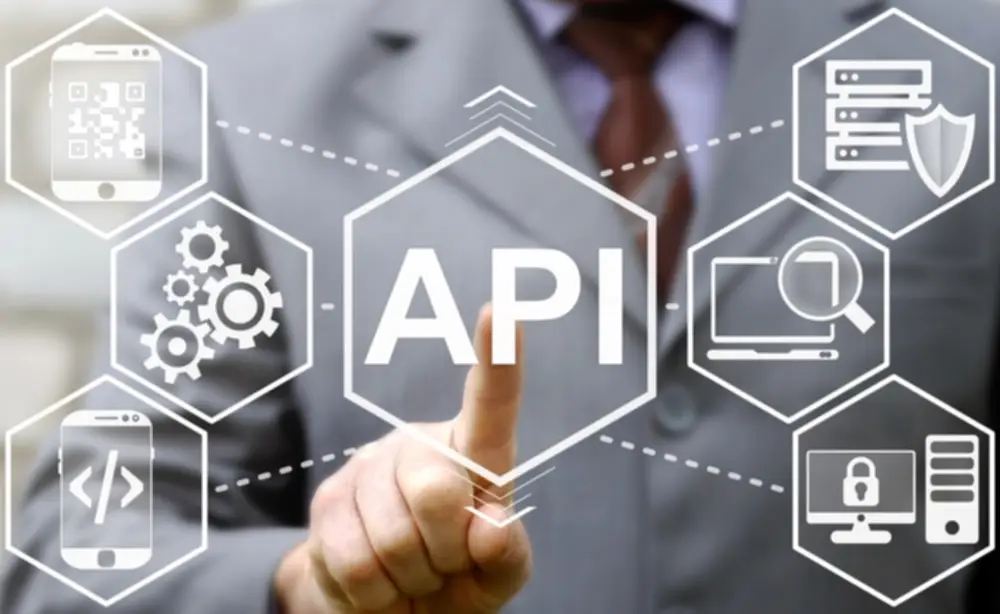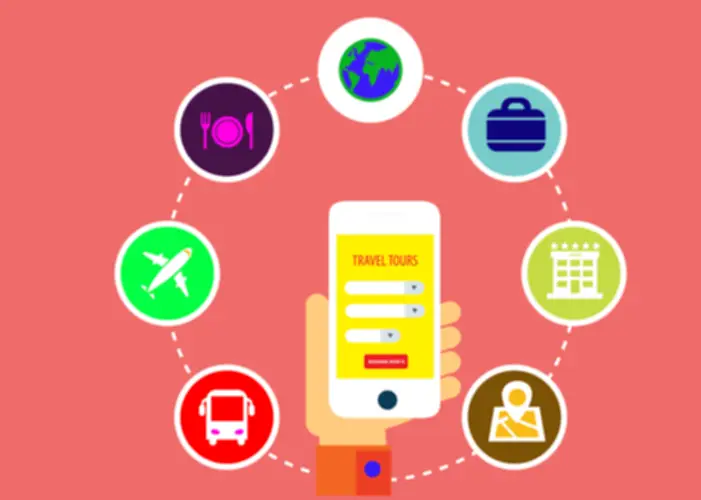The Now And Future Of Integration Platforms And Ipaas
Complete integration platforms combine all the capabilities you want right into a unified, containerized platform. They can even make it easier to bridge the hole between multiple styles of integration. Highly aggressive markets demand faster, cost-effective options that velocity up info change, improve productivity and streamline operations. The evolution of companies from server-based to server-less is often accompanied by evolutions in the talent sets of their staff. Next Generation iPaaS also called hybrid integration platform Integration Automation Platform is changing the way in which we know integration software program and companies, with a easy, automated, quick and extremely inexpensive methodology of bringing software program collectively.

An Outline Of Subsequent Era Ipaas (aka Integration Automation Platform)
Since firms have made the transfer from all-in-one enterprise suites to best-in-breed options, the significance of integration has turn out to be undeniable. Establishing a future-proof integration landscape requires thorough technological and enterprise expertise, as properly as powerful trendy tools – like hybrid integration platforms. Integration Platform as a Service (iPaaS) is a cloud-based service that permits organizations to implement and manage integration processes between various applications and methods. IPaaS solutions simplify integrations’ development, deployment, and administration by providing a unified, scalable, and versatile platform. It’s an essential part of many organizations’ integration methods as a end result of its ease of use and capabilities to support enterprise integration. MuleSoft Anypoint Platform is a hybrid integration platform that provides a complete set of options throughout iPaaS, API management, and ESB applied sciences.
- As cloud and SaaS adoption becomes more and more relevant, if you have to connect with on-premise methods, you’ll most likely want a device that can allow the speedy improvement between the 2 utterly different architectures.
- In this case, an integration stack has a strategic function in enabling the corporate to develop its products and services.
- Considered a low-code remedy for information integration, an iPaaS is an API-driven solution to create and manage connections between a quantity of SaaS systems and cloud purposes.
- These instruments can automatically detect and correct errors, ensuring that the knowledge exchanged between systems is both reliable and actionable.
Why Will A Enterprise Spend Cash On An Integration Platform As A Service?
It supplies a platform to attach and manage information trade between varied purposes, enabling businesses to streamline their operations and create superior workflows. While PaaS helps utility development, deployment, and management, iPaaS focuses on integration and data management within the cloud. The present IT panorama of most firms may be described by the word “hybrid,” meaning that enterprise processes are managed by the aggregation of local, cellular and cloud applications. Diverse integration instruments should make all of them work as a coherent system, providing interoperability, flexibility and seamless knowledge sharing between quite a few parts. A Hybrid Integration Platform (HIP) is an integration answer that mixes on-premises and cloud-based integration capabilities.
Complete Library Of Connectors

The future of Hybrid Integration Platforms is set to revolutionize enterprise integration, blending AI, machine studying, and blockchain to streamline processes and secure data transactions. With the adoption of microservices and serverless computing, HIPs will offer unprecedented agility and scalability. Enhanced consumer interfaces and developer tools are anticipated to make integration easier and more intuitive. As organizations increasingly adopt new technologies, open-source instruments, huge knowledge sources, and cloud storage, ensuring constant and synchronized information turns into essential, whether or not on-premises or in the cloud. HIPs enable real-time or scheduled knowledge synchronization between numerous cloud platforms for backup, catastrophe restoration, or to maintain a unified knowledge repository accessible from a quantity of services.
Its comprehensive integration features and specialised connectors for main distributor-preferred eCommerce, ERP, and CRM platforms make it a wonderful selection for good distributors. This iPaaS Platform provides many options together with limitless integration, advanced mapping and modifiers, secure knowledge move, superior logs and more. Its energy lies in its ability to attach with each legacy enterprise systems and newer cloud-based platforms. For occasion, a enterprise using a traditional ERP system alongside a contemporary cloud-based CRM would find HIP advantageous. Learn how a hybrid integration platform might help organizations to manage business-critical knowledge in both on-premise applications and the cloud. Just recently, we printed an article about distributors that genuinely have a hybrid integration platform.
Safe And Effective File Switch Administration
IBM‘s providing within the HIP enviornment is anchored by its Cloud Pak for Integration, a complete suite designed to sort out the challenges of integration in a multi-cloud world. IBM combines conventional middleware solutions with cutting-edge technologies like AI and blockchain, offering a sturdy platform that helps a extensive range of integration wants. From API lifecycle administration to secure gateway providers and occasion streaming, IBM’s Cloud Pak for Integration equips businesses with the instruments essential to integrate complex techniques effectively and securely. HexaSync, developed by Beehexa, is considered one of the iPaaS integration platforms in the global market. With high flexibility, customers can combine any data, relying on their needs and finances, via APIs.
By acting as a central repository and replacing traditional point-to-point connections with a loosely coupled integration platform, counting on API’s and event-driven architecture, they ensure reusability and continuity. By isolating processes, information and customers, these platforms enable companies to ‘keep the core clean’, no matter how many particular person business applications they introduce or changes they make. Moreover, information of specific integrations is not solely saved in the head of a person professional however can easily be transferred to others. While the cloud is undoubtedly the means ahead for IT and innovation, the transition will not happen in a single day and will most likely by no means be full.
He principally writes about how integration expertise might help organisations to higher collaborate. Where we set long timeframes place particular software program integrations as milestones further and further down the timeline. Integration is now not a ‘feature’ within our software ecosystem, however a ‘capability’ inside our enterprise. However, the latter cause is turning into less well-liked as even giant enterprise integration tasks are becoming quicker, easier and cheaper to deliver with trendy integration approaches. As your ecosystem of software and providers throughout the enterprise grows, you want to implement new techniques to forestall the complexity and dimension of that ecosystem slowing down your daily work. Hybrid integration involves navigating a posh network of various IT environments, which can be daunting.
For example, think about your on-premises ERP system needs to ship inventory information to a cloud-based order management system. A HIP can handle this real-time messaging while making certain that the information format is compatible throughout both methods. This ensures that your business processes—such as stock administration and order fulfillment—remain efficient and correct. In this new landscape, conventional integration tools typically fall short—they usually are not outfitted to deal with the agility and scalability calls for of modern enterprises and multi-cloud IT landscapes. Most integration platforms require specialised skillsets and long, expensive implementations.
A HIP is what’s often known as an integration platform as a service, or iPaaS, the functionality of which is made obtainable as a cloud-based platform. However, a standard iPaaS usually only handles plug-and-play integrations between SaaS purposes. By comparison, a Hybrid Integration Platform can join tons of of purposes, together with your on-premises business software program. They help the automation of supply chain processes, enhance transaction accuracy, and improve associate relationship administration by making certain that crucial enterprise information flows securely and effectively between entities.

This all-in-one solution is designed for technical customers at enterprise organizations who want to create on-premise and cloud-based built-in utility networks. We are used to the combination time period, which refers back to the process that connects and syncs data between business purposes. It’s a solution that bridges the hole between legacy techniques and trendy functions, empowering organizations to thrive within the digital era. Nobody can afford to pause their business or rip and exchange their complete infrastructure.
You can build powerful solutions and attain exceptional agility, high pace and lower costs. Microsoft additionally provides different companies to enhance your options, such as Machine Learning, Cognitive Services, Data Lake Analytics, IoT Hub and IoT Suite. Therefore, businesses can shortly adapt to rising applied sciences, new guidelines and processes.




